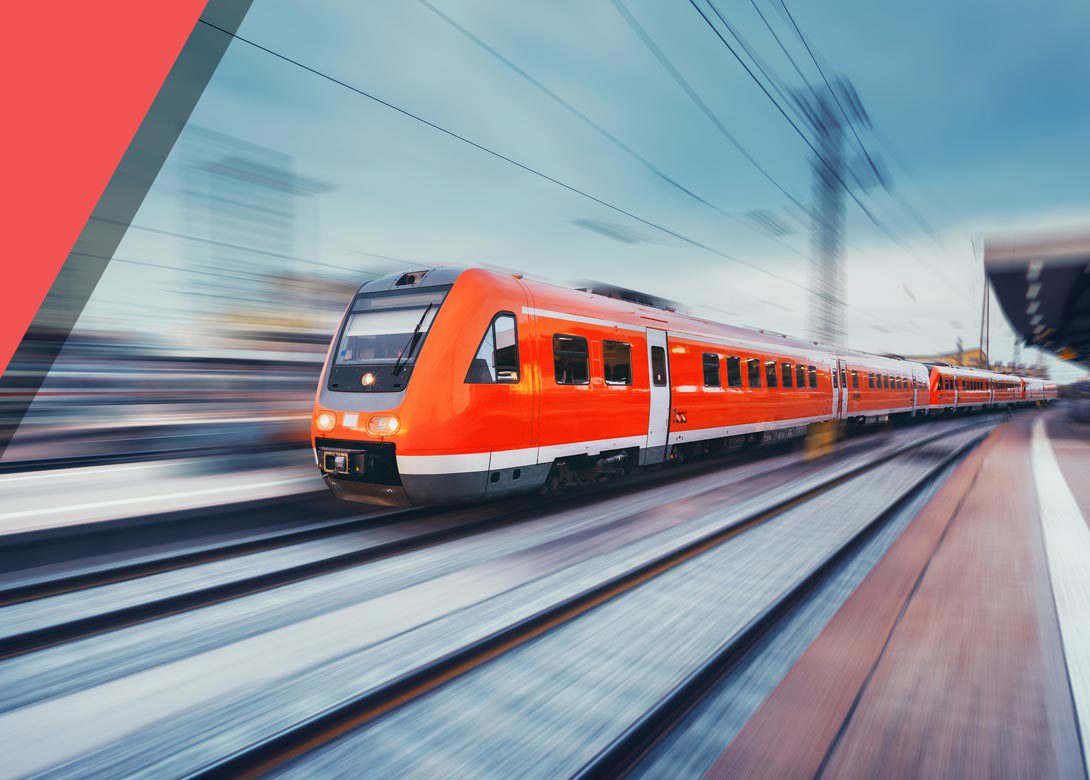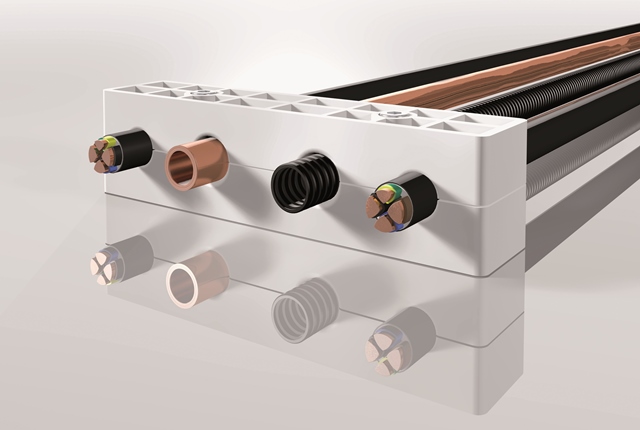
The Stauff Group has been a supplier to the rail industry for almost 35 years, with the first project being Stauff UK supplying clamping components and systems for pipes, tubes, hoses and cables to the Metropolitan Cammell Carriage and Wagon Company (MCCW) – a former Birmingham based manufacturer of railway carriages and wagons.
Originally Stauff clamps were used for trains on the Jubilee Line of London’s underground railway system, which was officially opened on 30th April 1979.
Over the years, Stauff’s specialist clamp development and manufacturing capabilities have enabled the company to accommodate the increasing safety demands of the global rail industry, with a range of clamp body materials meeting all commonly used international fire protection and safety standards and regulations. All Stauff clamp body materials available are capable of being moulded to any configuration, providing an industry solution for all pipe, tube, hose and cable support requirements, for both manufacturers and sub-contractors.
In February 2013, Stauff clamp bodies made of SAV0, a thermoplastic elastomer with V0 classified fire protection capabilities according to UL 94 plastics flammability standard released by Underwriters Laboratories, were successfully tested in the test centre for railway transport vehicles in the Russian Federation.
The testing procedures included the inspection of clamping/holding forces of SAV0 clamp bodies of the Standard Series according to DIN 3015 – properly assembled with metal mounting hardware such as elongated weld plates, hexagon head bolts and cover plates – under the influence of mechanical and climatic factors. These were namely the exposure to vibration at regular and extreme ambient temperatures down to –55°C. All tests were performed according to GOST state standards 15150-69 and 30631-99.
In conclusion, no sliding or movement of pipelines related to their original position could be observed, and the clamp bodies maintained their full elasticity, which is an important contribution to efficient noise reduction and vibration damping in industrial applications.
The test results also provided Stauff with the final technical approval to supply SAV0 clamp bodies and metal mounting hardware for the Desiro RUS project – an electric multiple unit passenger train developed by Siemens AG for Russian Railways (RŽD), which branded them ‘Lastochka’ (Russian for ‘little swallow’).
In mid-2013, a joint venture of Russian Sinara Group and German Siemens AG named Ural Locomotives, commenced production of a second batch of ‘Lastochka’ trains at the Ural railway engineering plant located in Yekaterinburg, after the Siemens plant in Krefeld, Germany, had fulfilled Russian Railways’ initial orders for 54 of these units since April 2011.
While the first batch of trains had to be designed to be fully operational at ambient temperatures as low as –40°C for use in the western/European part of the Russian Federation, the requirements for the trains built in Yekaterinburg were even higher. All components have to withstand extreme ambient temperatures down to –55°C while maintaining their original performance properties.
According to the contracts signed in 2011, a total of 36 trains of the new ‘Lastochka’ series manufactured at the Ural plant are scheduled to be supplied to RŽD by 2015. Overall, the contracts include the delivery of up to 1,200 passenger cars during the period from 2015 to 2020.
www.stauff.com

Having spent a decade in the fastener industry experiencing every facet – from steel mills, fastener manufacturers, wholesalers, distributors, as well as machinery builders and plating + coating companies, Claire has developed an in-depth knowledge of all things fasteners.
Alongside visiting numerous companies, exhibitions and conferences around the world, Claire has also interviewed high profile figures – focusing on key topics impacting the sector and making sure readers stay up to date with the latest developments within the industry.





